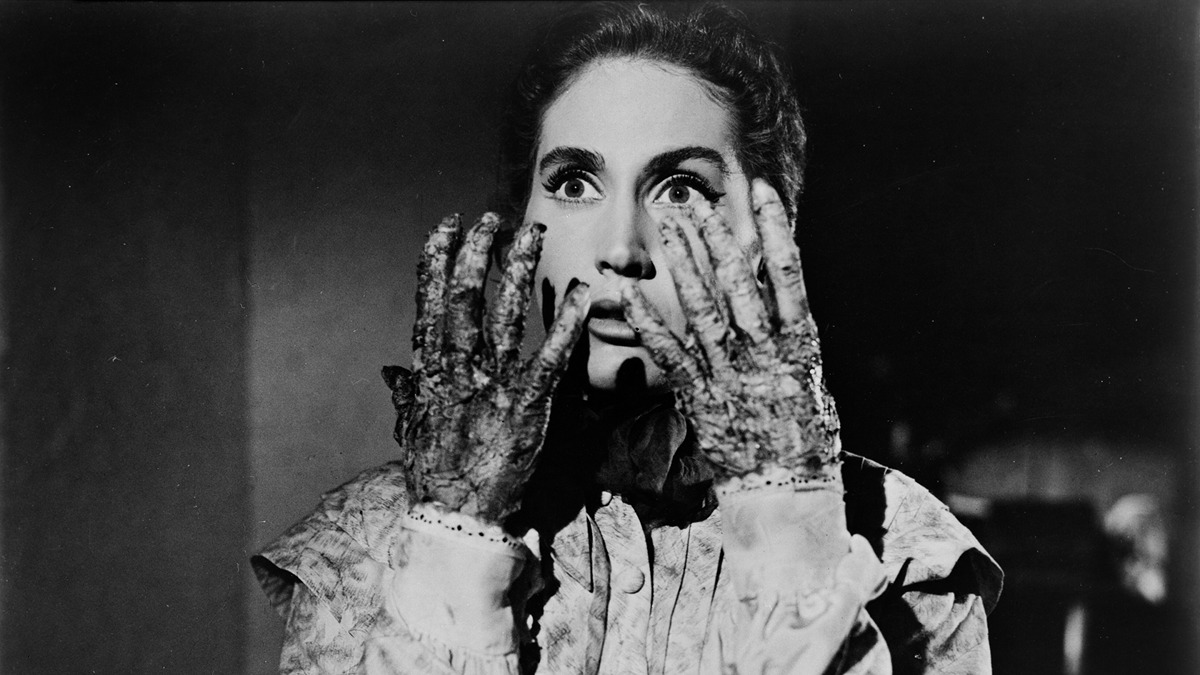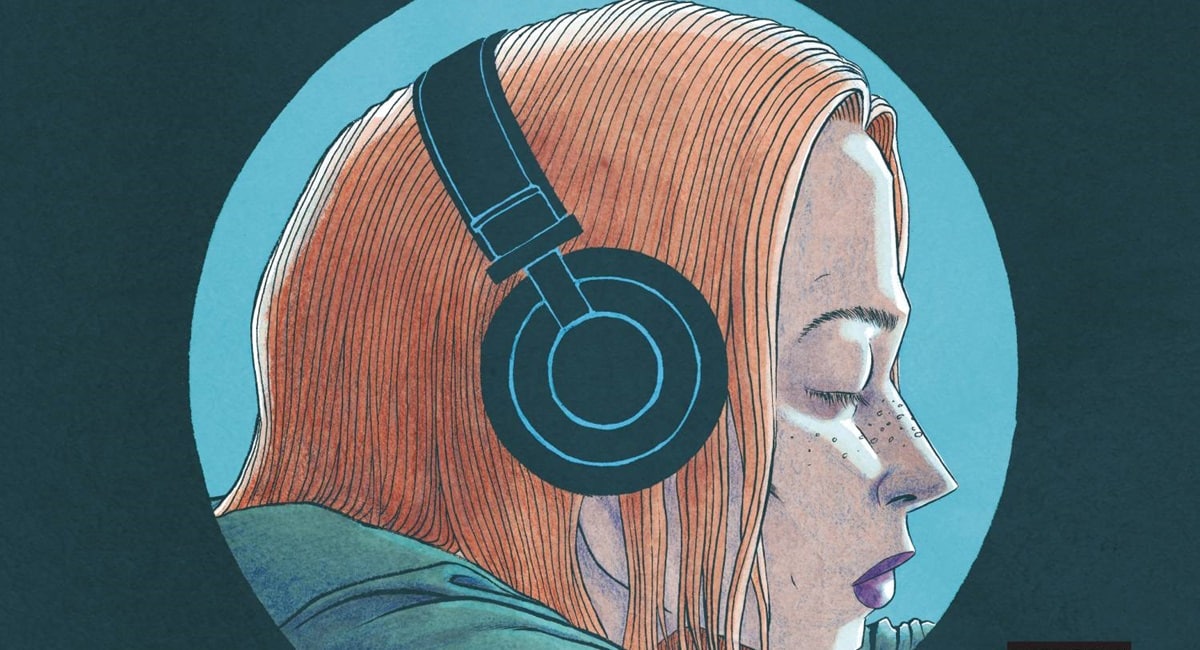
The rise of streaming platforms has significantly changed the way we consume entertainment, gradually diminishing the dominance of traditional cinemas. With services like Netflix and Disney+, viewers can enjoy films and series from the comfort of their homes, at any time and on any device. This shift mirrors changes in other industries, such as the growth of pin up casino, which offers players online access to games that once required a physical visit to a casino. The convenience factor, coupled with the wide range of choices, has led many consumers to prefer staying home over visiting traditional venues. As a result, the entertainment landscape is evolving rapidly, and cinemas are struggling to keep up.
Streaming services have drawn audiences away from theaters by offering greater accessibility and affordability. Instead of paying for individual movie tickets, viewers can subscribe to a platform for a fraction of the cost and access an extensive library of content. This shift is especially appealing to younger generations, who are accustomed to instant access and on-demand services. Cinemas, in contrast, require scheduling, transportation, and often, a more substantial financial commitment.
Exclusive Content and the Power of Streaming
Streaming platforms have further accelerated the decline of traditional cinemas by producing exclusive content. These original films and series attract subscribers, giving them access to shows that can’t be found elsewhere. Netflix, Amazon Prime Video, and other platforms have spent billions of dollars on exclusive productions, which often bypass the theatrical release model entirely. For viewers, this means they no longer have to wait for films to hit theaters; they can stream new releases immediately from home.
Exclusive content is a strong driving force behind the success of streaming platforms. It builds brand loyalty and provides viewers with the unique experiences they can’t find in theaters. This trend not only affects ticket sales but also changes the way films are marketed and consumed, with many now being promoted exclusively online.

Impact on Independent and Smaller Films
The rise of streaming services has been especially challenging for independent and smaller films. These films used to rely on limited theatrical releases to reach their audience and build momentum. However, with the shift towards digital consumption, many indie filmmakers have opted to release their work directly on streaming platforms, bypassing cinemas altogether. While this can lead to a broader audience reach, it also means that fewer people are visiting theaters to discover these films.
Cinemas once played a crucial role in giving independent films a platform, but as more content moves online, the role of traditional theaters in shaping the indie film scene is shrinking. Streaming platforms provide a global stage for smaller productions, offering opportunities for exposure that theaters simply can’t match anymore.
The Pandemic’s Accelerating Effect on Cinema Decline
The decline of traditional cinemas was significantly accelerated by the COVID-19 pandemic. During the lockdowns, theaters worldwide were forced to close their doors, while streaming services saw a surge in demand. Many studios, unable to release films in theaters, turned to streaming platforms as their primary mode of distribution. As a result, films that were initially meant for theatrical release went straight to digital platforms, setting a precedent that may have long-lasting effects.
The pandemic shifted audience behavior, making home-viewing the norm even for major blockbusters. Theaters have since reopened, but many people remain hesitant to return to cinemas, opting instead for the convenience and safety of watching movies at home. This change in consumer habits has left the future of traditional cinemas in question.

What Lies Ahead for Traditional Cinemas?
As streaming services continue to grow and evolve, the future of traditional cinemas remains uncertain. While the magic of the big screen still holds appeal for some, the economic and cultural shift towards online content consumption is undeniable. Cinemas may need to adapt by offering more than just movies – perhaps creating a more immersive or luxury experience to draw audiences back. However, this may only cater to a niche market.
Some filmmakers are committed to theatrical releases, believing that certain films are best experienced on the big screen. But even as they champion the theater, streaming platforms are becoming an integral part of the movie industry. A potential hybrid model could emerge, where films are released both online and in theaters simultaneously, but the days of cinema dominance may be coming to an end.
Conclusion
The rise of streaming platforms has fundamentally changed the entertainment industry, drawing audiences away from traditional cinemas and toward the convenience of digital viewing. With exclusive content, affordable subscription models, and the ability to watch on demand, streaming services are reshaping how people experience films. As consumer preferences shift, cinemas face a challenging future, with the need to innovate and adapt becoming ever more pressing. While the love for the big screen may never completely disappear, the golden age of cinema as we once knew it seems to be fading into the past.
*****



















 English (US) ·
English (US) ·